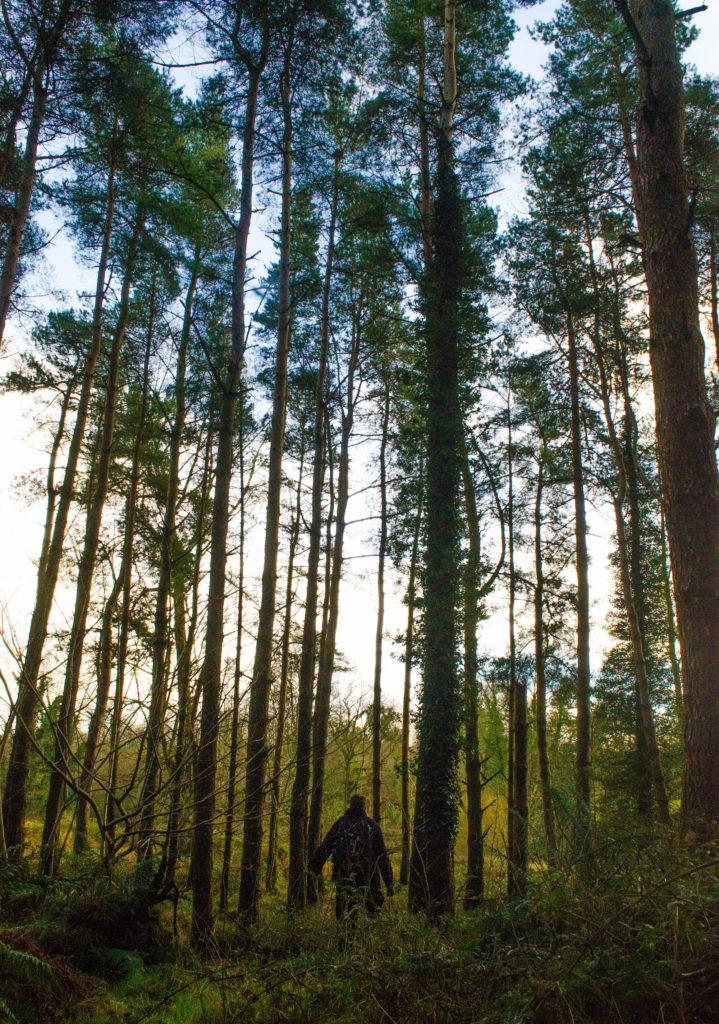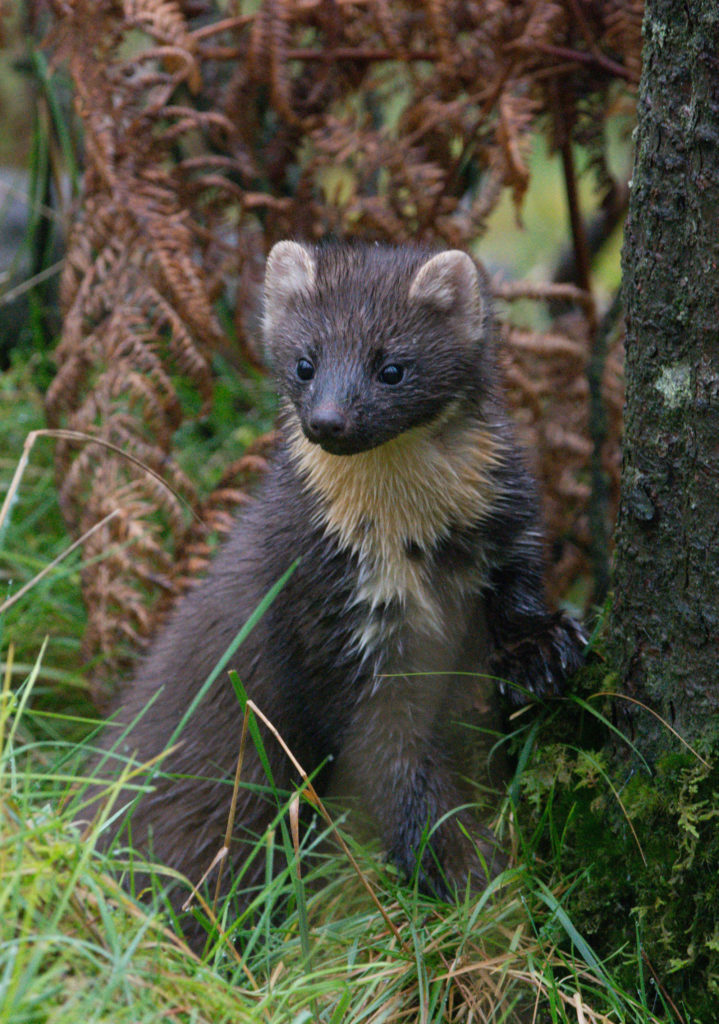Pine martens in northern Ireland
Josh Twining moved to Belfast for his internship, to study pine martens in Northern Ireland. His work included collecting pine marten poo, in order to understand what the animals were eating at different woods across their range. Josh has finished his internship with us and is now immersed in a PhD, extending his – and our – knowledge of pine martens. The work PTES funded has just been published in a scientific journal, a great step for a pioneering scientist. Here Josh explains his research and the findings in more detail.
The pine marten plates up!
The European pine marten is an iconic native species to the British Isles, currently rare and elusive, it was once one of the most abundant mammals in the country. This enigmatic and magnificent member of the mustelid family has faced a history of severe decline which pushed the species to the brink of extinction in England, Wales and Ireland. The species was driven to the edge due to a storied history of deforestation and persecution in both Britain and Ireland until it was granted protection in the 1981 under the Wildlife and Countryside Act and established as a protected species.
How can the current recovery of the pine marten be possible if suitable habitat for this forest specialist is so lacking in the U.K and Ireland?
Since its protection pine marten populations in both Britain and Ireland have been gradually recovering naturally, which is quite miraculous when you consider the pine marten is a forest specialist. Ideally the pine marten makes its home in old growth deciduous and coniferous woodland, of which both the U.K and Ireland have some of the lowest amounts in Europe. Not only do we have some of the lowest forest cover, but a huge proportion of our forests are degraded commercial plantations made up of exotic tree species like Sitka spruce and Japanese Larch. These plantations are timber production factories made up of single species stands subject to rotational logging approx. every 30 years. These so called “forests” have long been assumed to lack in biodiversity in comparison to natural, native woodlands. How can the current recovery of the pine marten be possible if suitable habitat for this forest specialist is so lacking in the U.K and Ireland?
Pine martens aren’t picky
One explanation is that pine martens are highly adaptable, and unlike many mammals can switch their diet depending on what is available in their surroundings at any given time and place. A team at Queen’s University, Belfast led by postgraduate researcher Joshua Twining and funded by the People’s Trust of Endangered Species set out to explore this idea. Surveys were conducted the length and breadth of the pine martens’ range in Northern Ireland, in a variety of habitats including semi natural broadleaf woodlands, coniferous plantations, coniferous plantations and heath matrixes and mixed broadleaf and coniferous forests.
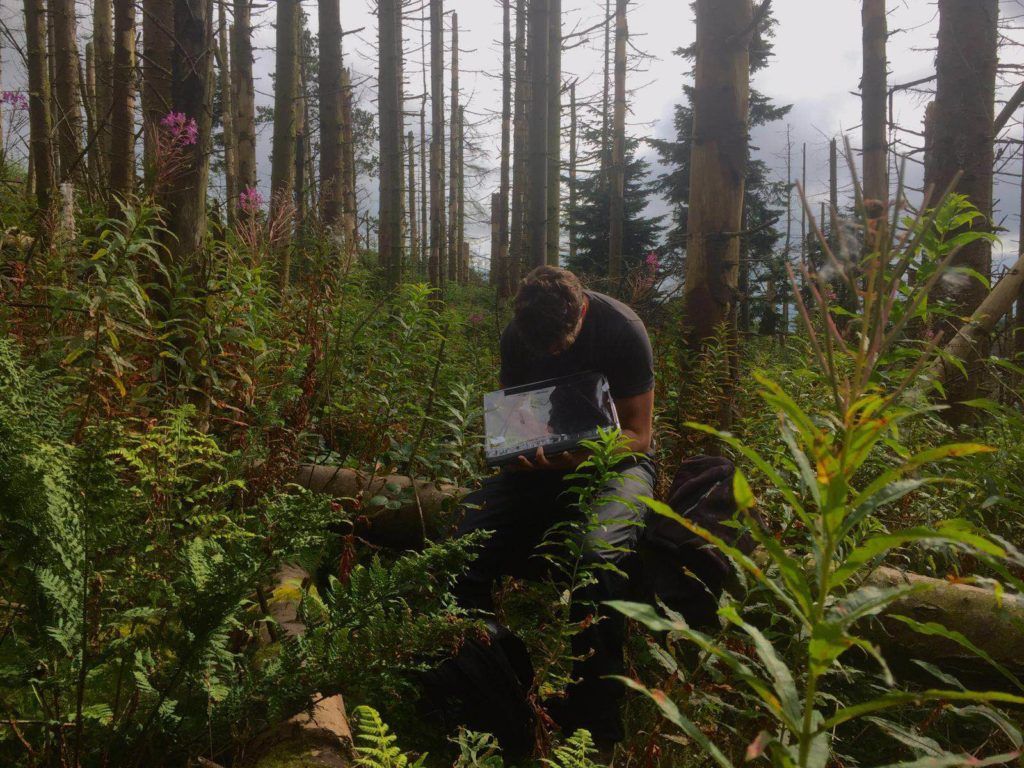
Josh collecting scat samples in the woodland 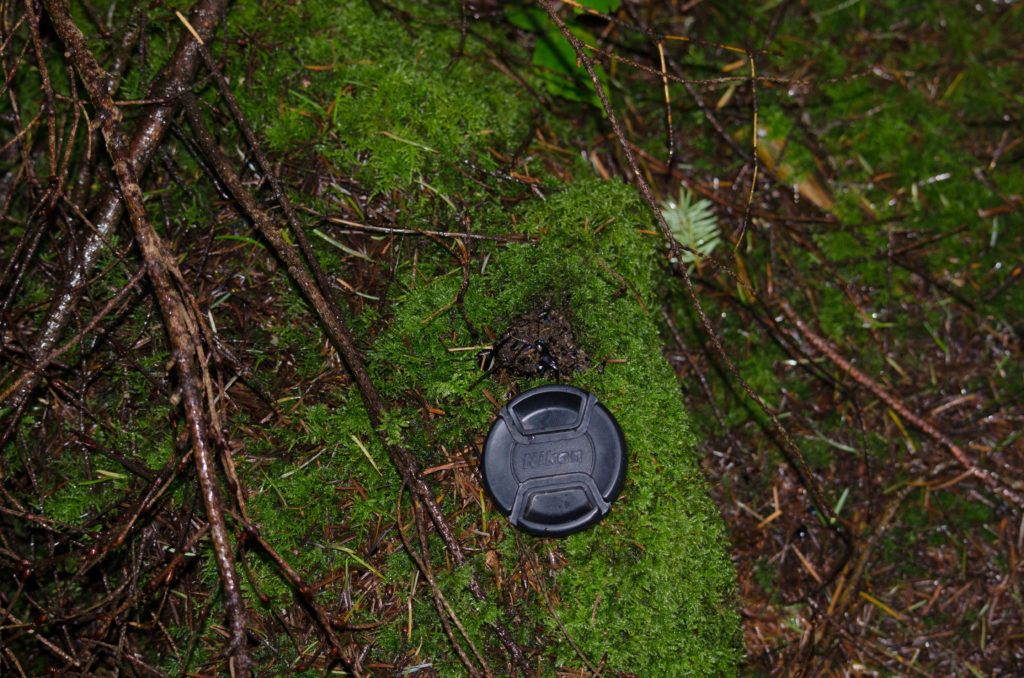
A scat
Nineteen sites were visited once a month, and scats (feces) of pine martens collected, the team managed to amass over a thousand scats in the year. These scats were taken to the lab and broken down into their constituent parts and each hair, feather barbule, invertebrate exoskeletal fragment and seed was painstakingly identified down to their species.
Opportunistic omnivores
The results were really quite extra-ordinary with the remains of 59 plant and animal species being identified in the diet of the pine marten. The pine marten was revealed to be a true opportunistic omnivore, switching its diet throughout the year, and in different locations, typically focusing on what was either abundant or vulnerable. Fruit was the most important component of the diet making up the majority of the food consumed. The pine marten evidently likes to indulge its sweet tooth with rowan, blackberries, bilberry, cherry, hawthorn and other fructose filled treats all being consumed in abundance when available, particularly at the end of summer and throughout autumn.
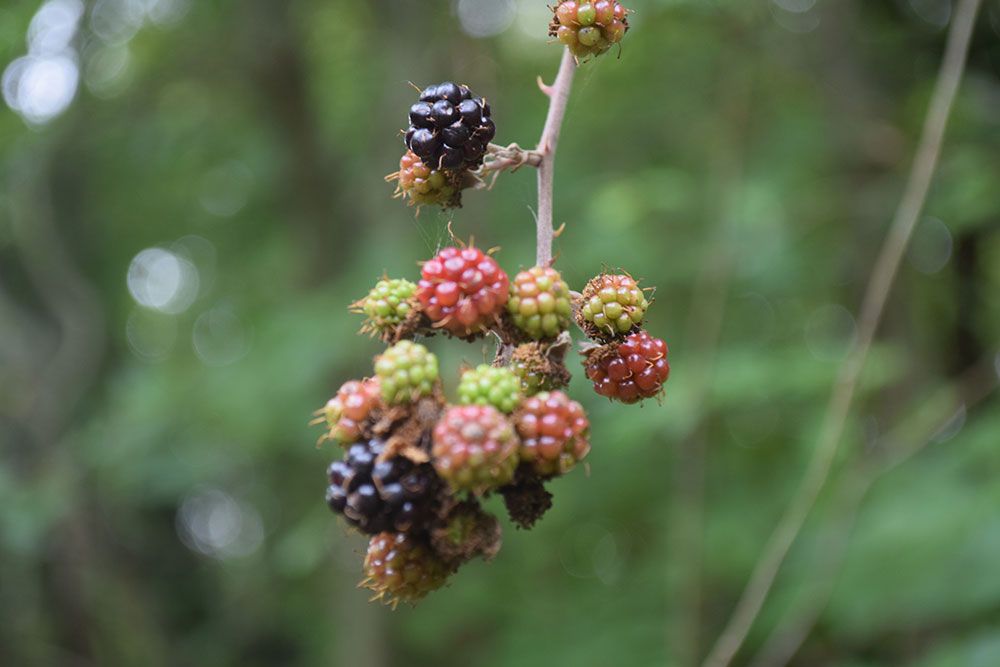
A pine marten’s diet varies considerably depending on it’s environment 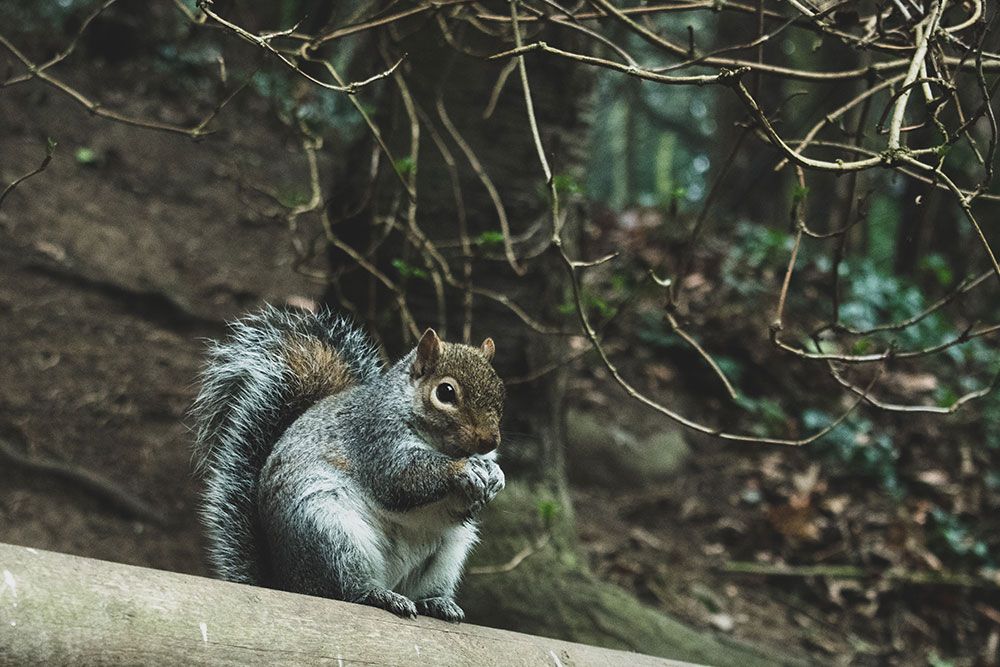
When small mammals are at their most numerous, pine martens won’t be limited to fruit and insects!
Crunchy insects mainly beetles and other more slimy grubs like slugs, snails and earthworms were often on the menu throughout the year. The remains of bees and wasps were also commonly found in the scats during spring and summer, which showed the pine martens willingness to risk angry swarms of stinging insects to get their paws on delicious nectar and larvae, anything for a sugary snack! However, pine martens were not only limited to fruit and insects, they appeared to target most of the animal species they fed on when they were at their most numerous and vulnerable; songbirds, small mammals like mice, shrews and squirrels, as well as rabbits and others were all on the martens long list of potential dinners, and occurred most frequently during each species specific breeding season.
The results from Northern Ireland were compared with other studies from all over the U.K and mainland Europe and a very interesting pattern was discovered. Despite the individual species in the diet being different in each country and location, their eating habits remained the same. The pine marten focused on a few staple important food items and supplemented these throughout the year with seasonally available treats!
Essential to the ecosystem
The huge variety of plant and animal species that the martens interact with show just how important they are to the ecosystems they inhabit. They are essential in providing key ecosystem services which affect both the plant and animal communities around them, services which have been depleted or lost in their absence. They are not only critical in seed dispersal to a large number of fruiting species, in lowering disease prevalence through removal of carrion from the environment, but also highly important in the management of invasive species such as the grey squirrel.
The gradual recovery of the pine marten we are witnessing should be welcomed and cherished, this wonderful and elusive member of the weasel family not only adds a little magic back into the wilds of Britain & Ireland but is also an important building block in returning the little remaining wilds of the British Isles to their natural, and once awe-inspiring beauty and order.
Thank you for helping us fund this vital work to save pine martens. You can donate today to support our current conservation projects and help us achieve more success stories.

